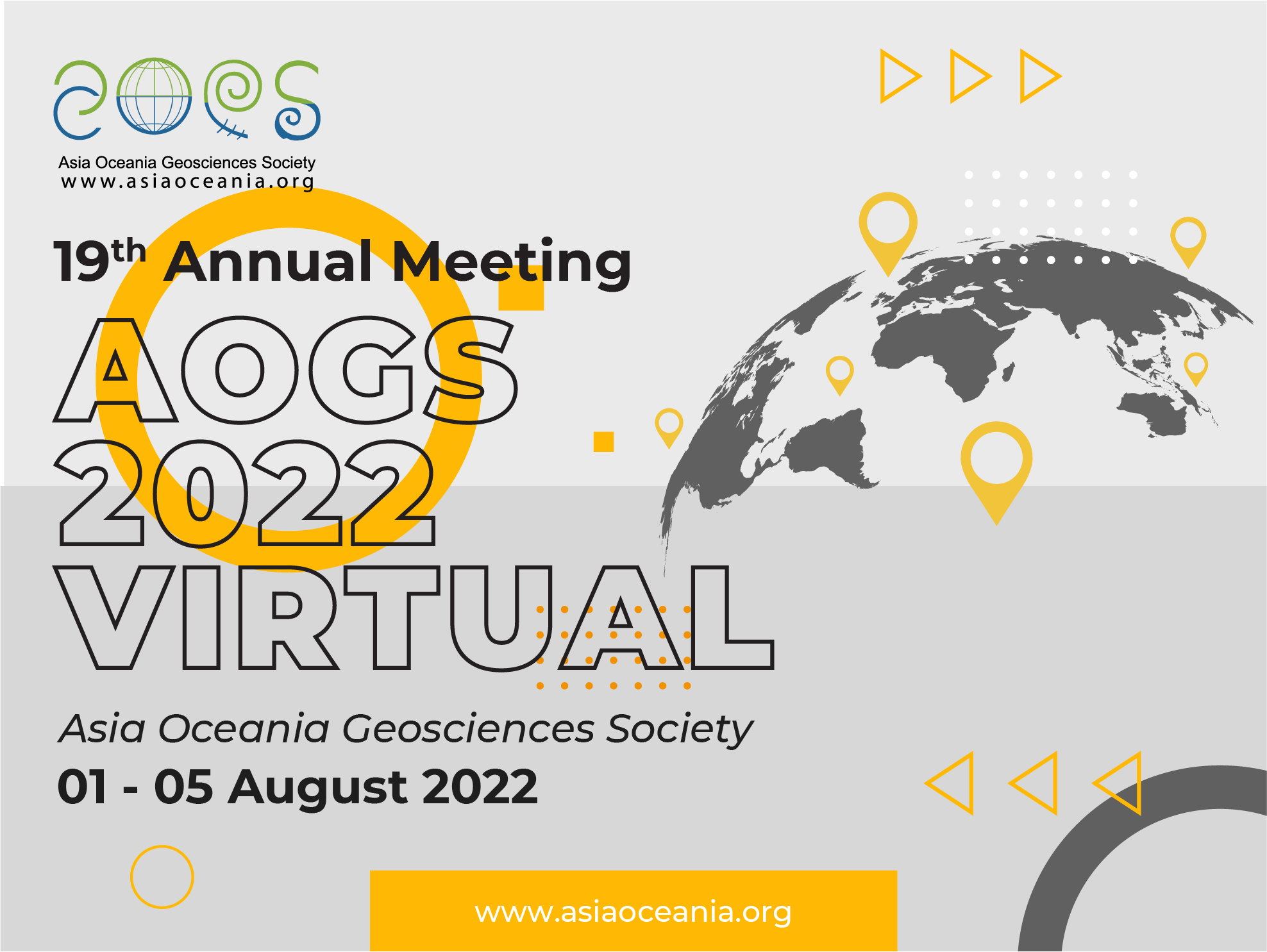
Steven D VANCE
Program uses Singapore Time and is 8 hours ahead of GMT
School Talk/Live Q&A Tue-02 Aug 16:00 – 17:00
Using Geophysics to Reveal the Salty Secrets of Icy Ocean Worlds
Geophysical exploration uses measurements of gravity, magnetic fields, earthquakes, and other physical phenomena to understand planetary properties. These measurements have an important role in exploring icy ocean worlds in our solar system, including the large moons of Jupiter, Saturn, Uranus, and Neptune. We can use those measurements to help figure out where life might be able to exist. This exploration will include identifying the depths where exotic types of ice form. The ideal investigation will combine careful studies of the properties of the ices, ocean materials, rocks, and metals with Doppler radio science measurements of interior mass distribution, measurements of magnetic fields created in the oceans by changes in the host giant planet’s magnetic field, and interpretations of seismic waves measured by landed robotic ap. By figuring out the salt content of the oceans and where tides heat the interior—whether in the rock or ice, or both—it is possible to understand how much life might be supported.
The electrical properties of the ocean can yield clues to the ocean’s salinity through measurements of magnetic induction. It may be possible to characterize oceans in moons of the gaseous outer planets using magnetic induction, building on the successful detection of oceans in Europa, and possibly Callisto, by the Galileo mission. Experiments are underway to improve the available data pertaining to electrical conductivity of ocean worlds, addressing gaps that limit the ability to characterize ocean composition. Recent measurements in aqueous MgSO4 and NaCl extend to the highest pressures occurring in the hydrosphere of the largest ocean moon, Ganymede, and improve the coverage at low temperature and high concentration. We are using a hydraulic high-pressure apparatus at JPL to measure the frequency-dependent electrical conductivity of these materials at low temperatures. Based on our analysis of the likely magnetic induction at Jupiter’s moon Europa, we find that better than 1% accuracy is needed in these measurements for concentrations below about 1wt%.
Steve is an astrobiologist and geophysicist studying the workings of icy ocean worlds. After obtaining his PhD in Geophysics and Astrobiology from the University of Washington, in Seattle, Dr. Vance came to JPL as a NASA Postdoctoral Fellow. He joined JPL as a staff scientist in 2010. He is currently supervisor for Planetary Interiors and Geophysics Group (3226).
Steve studies the interiors of icy bodies like Jupiter's moon, Europa, drawing primarily on expertise in the chemistry and thermodynamics of materials at high pressures. Steve's work address questions of ocean composition, dynamics, and habitability through simulations of icy world ocean chemistry in the laboratory, coupled with theoretical models of fluid circulation in deep oceans. Major aims of this work are to be able to determine chemical signatures of habitability that may make their way to their host body's surface, and to enable joint inversions of spacecraft geophysical measurements to understand interior composition, structure, and dynamics.

Steven D VANCE
Jet Propulsion Laboratory, California Institute of Technology
